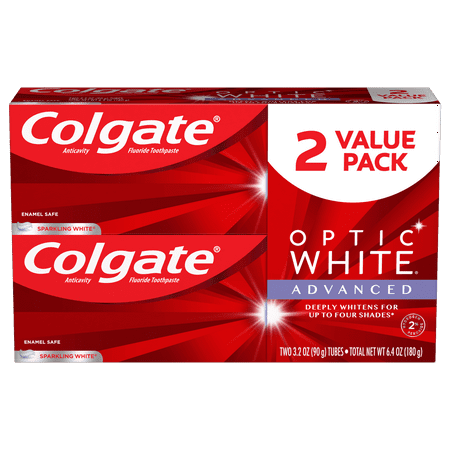Listerine Essential Care Original Gel Fluoride Toothpaste, 4.2 oz
Clean and protect your teeth with Listerine Essential Care Original Gel Fluoride Toothpaste. This mint toothpaste contains 6 benefits in 1 for oral care that leaves your mouth fresh and clean. The anticavity gel formula restores enamel, strengthens your teeth, and helps prevent cavities and tooth decay. It also kills millions of germs that cause bad breath, leaving your breath fresh. With regular use as part of an oral care routine, this fluoride toothpaste removes stains from your teeth, revealing a whiter, healthier smile. The invigorating Powerful Mint toothpaste delivers a burst of flavor.






LISTERINE Essential Care Original Gel Fluoride Toothpaste, 4.2 oz:4.2-oz of Listerine Essential Care Gel Fluoride Toothpaste to clean and strengthen teethContains 6 benefits in 1 for oral care that leaves your mouth fresh and cleanAnticavity toothpaste prevents tooth decay and cavitiesGel toothpaste formula works to restores enamel and protect teethFluoride toothpaste removes teeth stains to reveal a whiter smileKills millions of germs that cause bad breath for a fresh, clean mouthFreshens breath with Powerful Mint flavorUse as part of a regular oral care routine for a healthier smile





Reviews
There are no reviews yet.